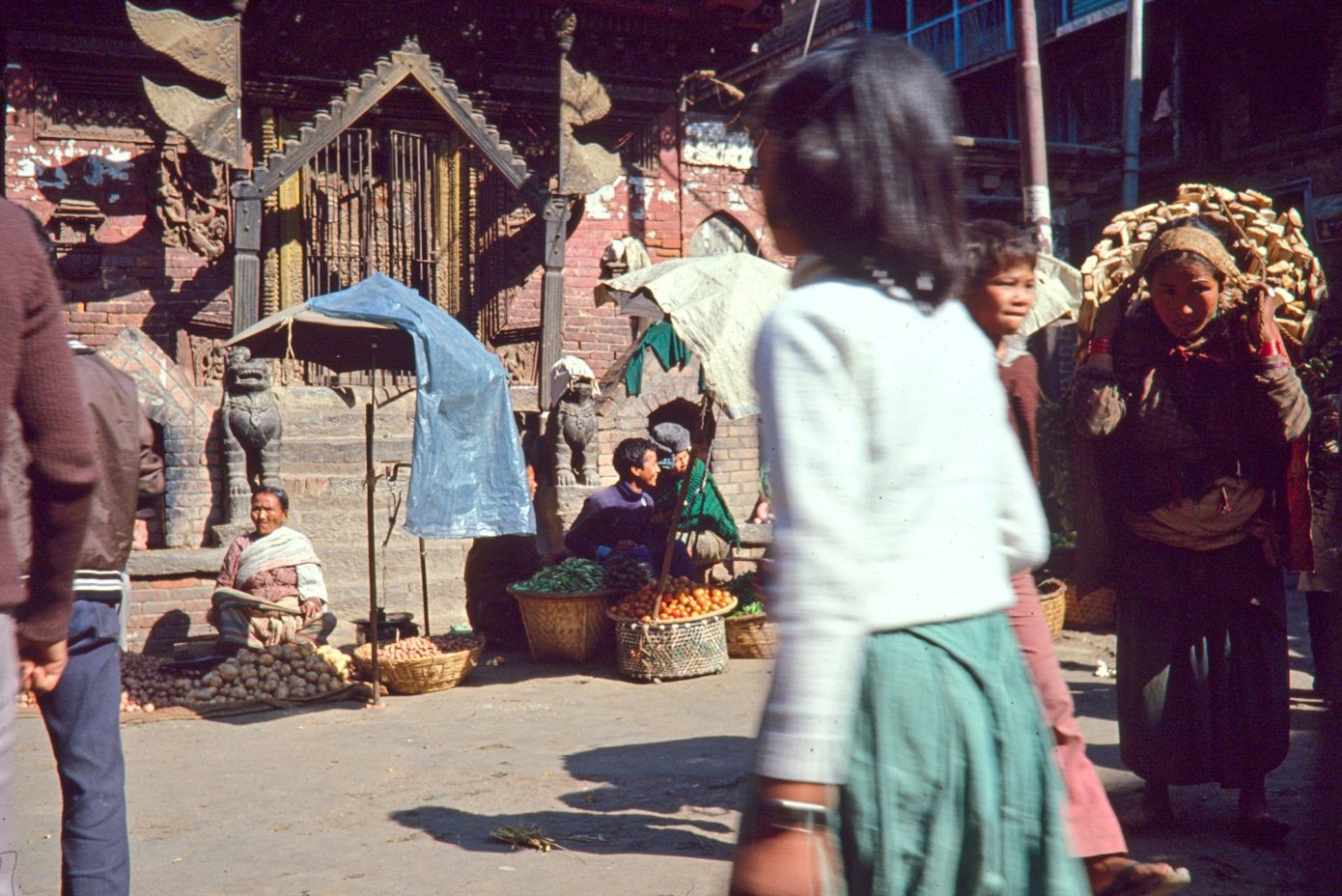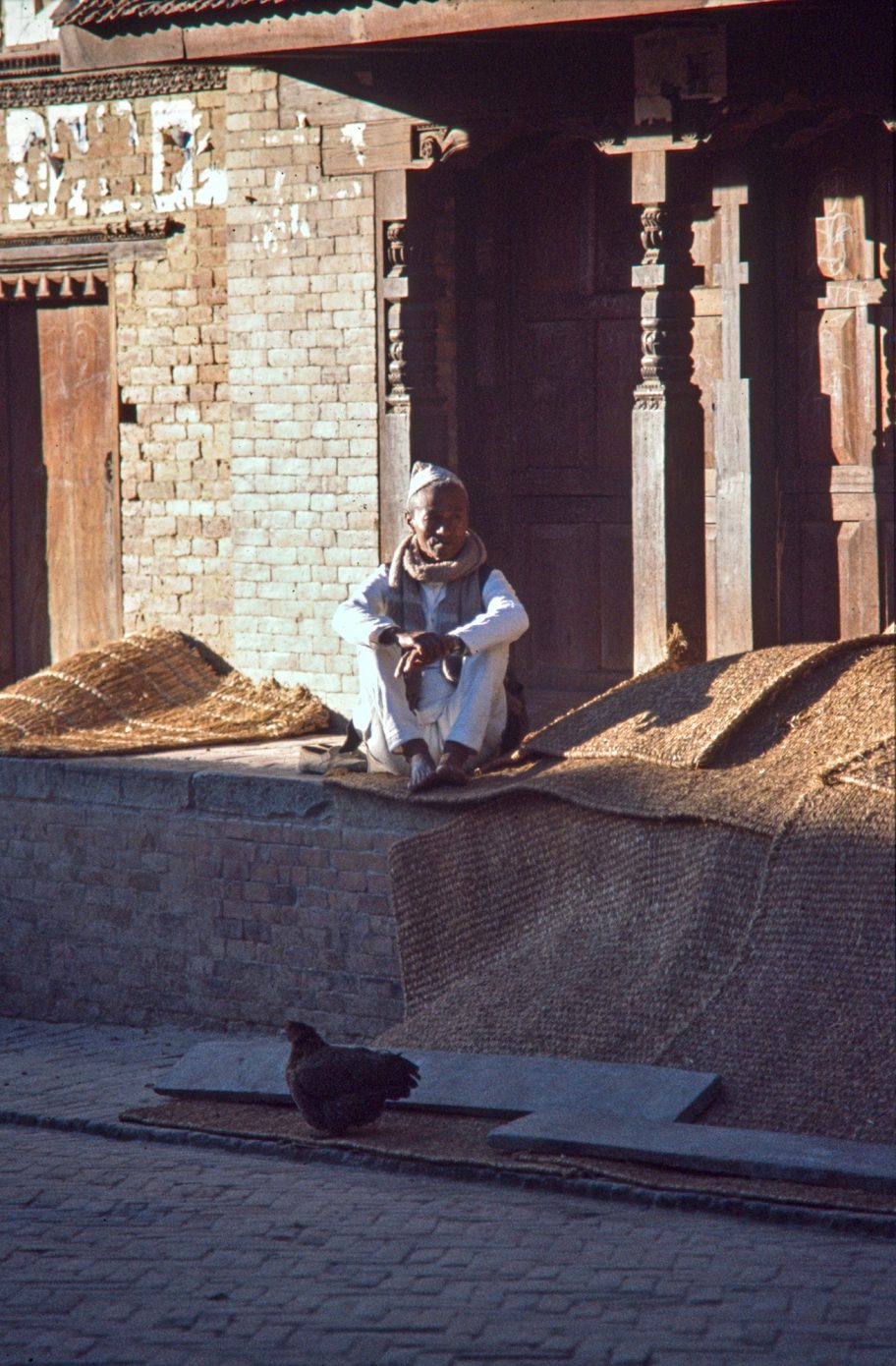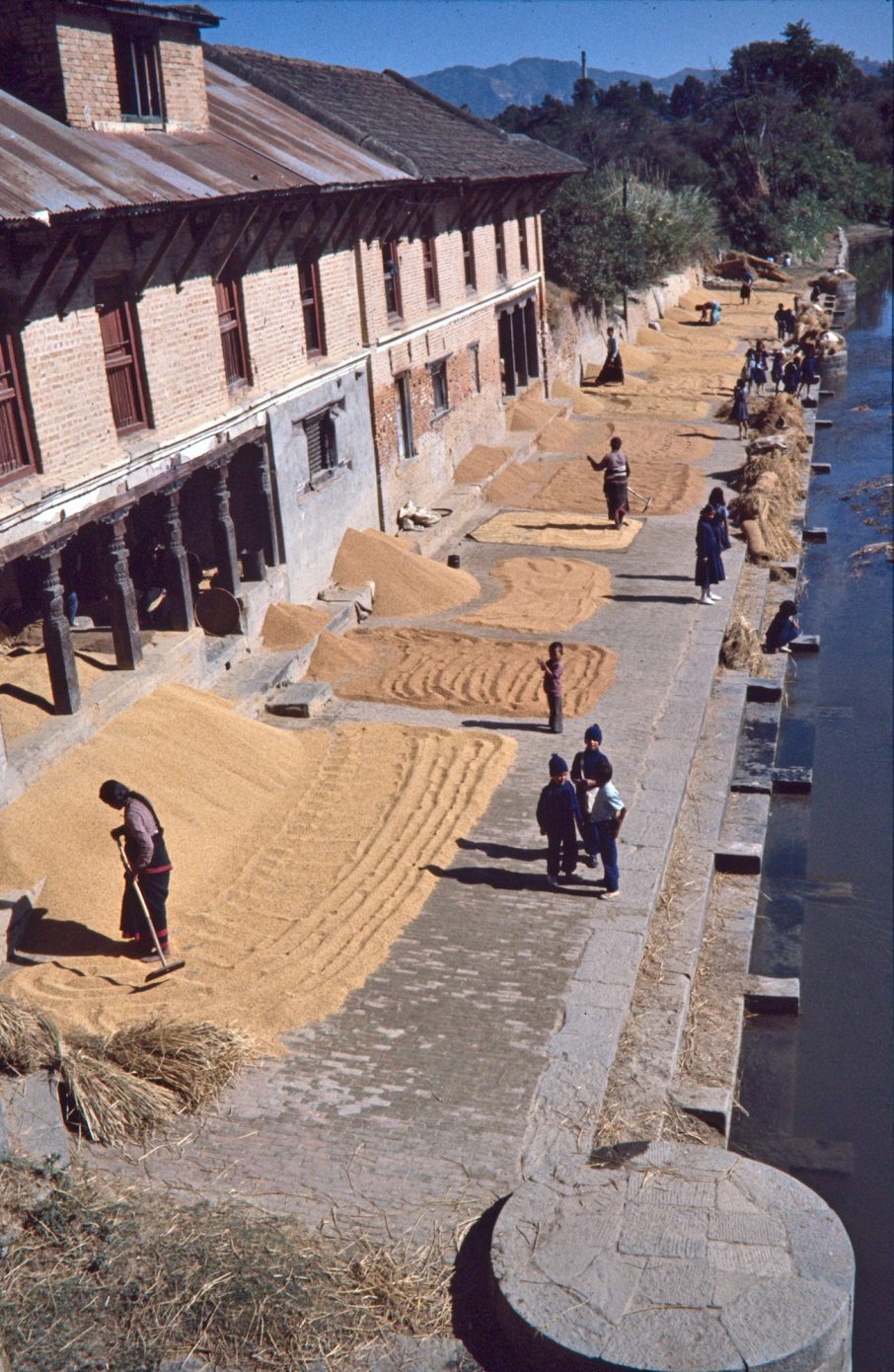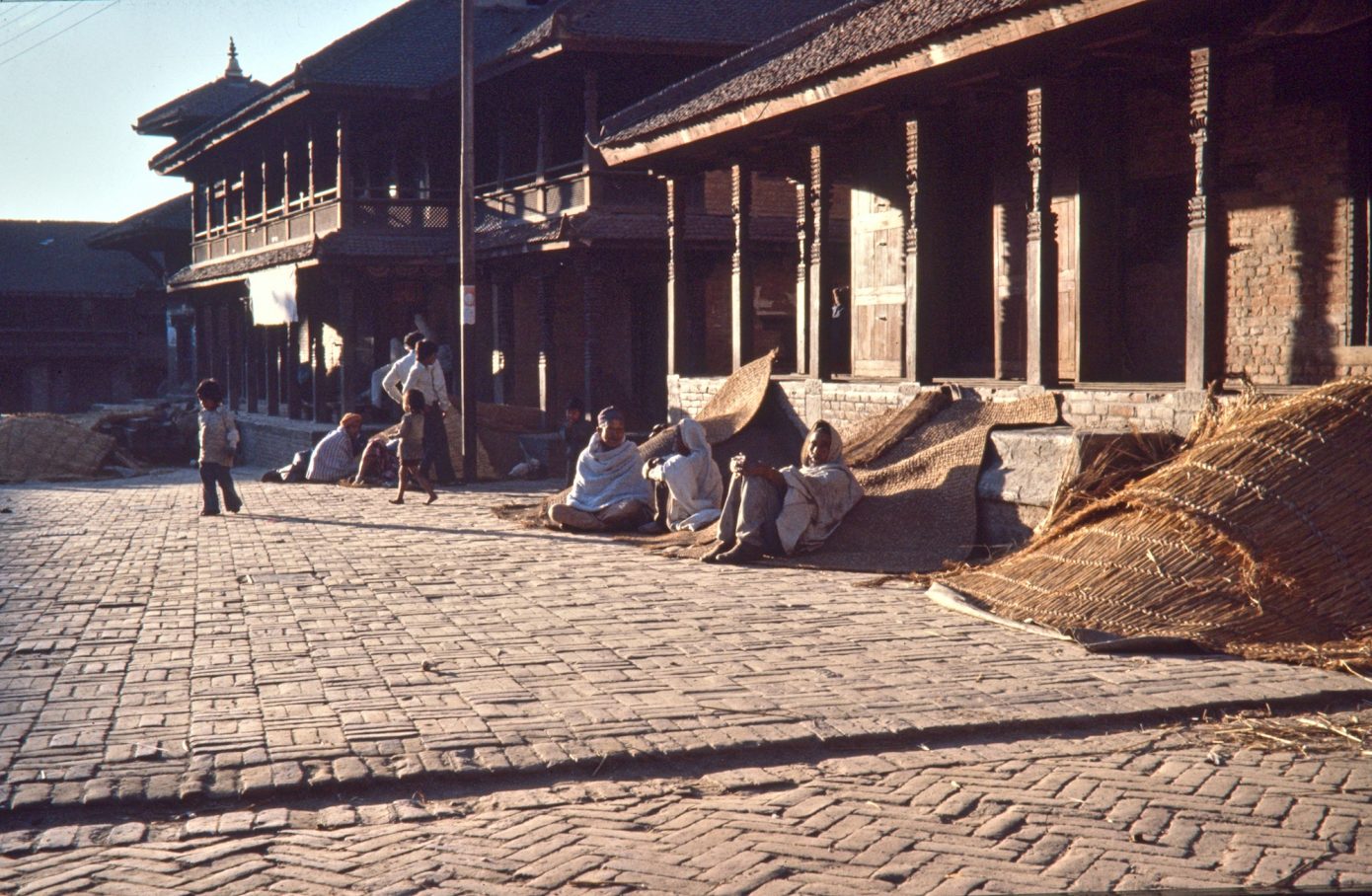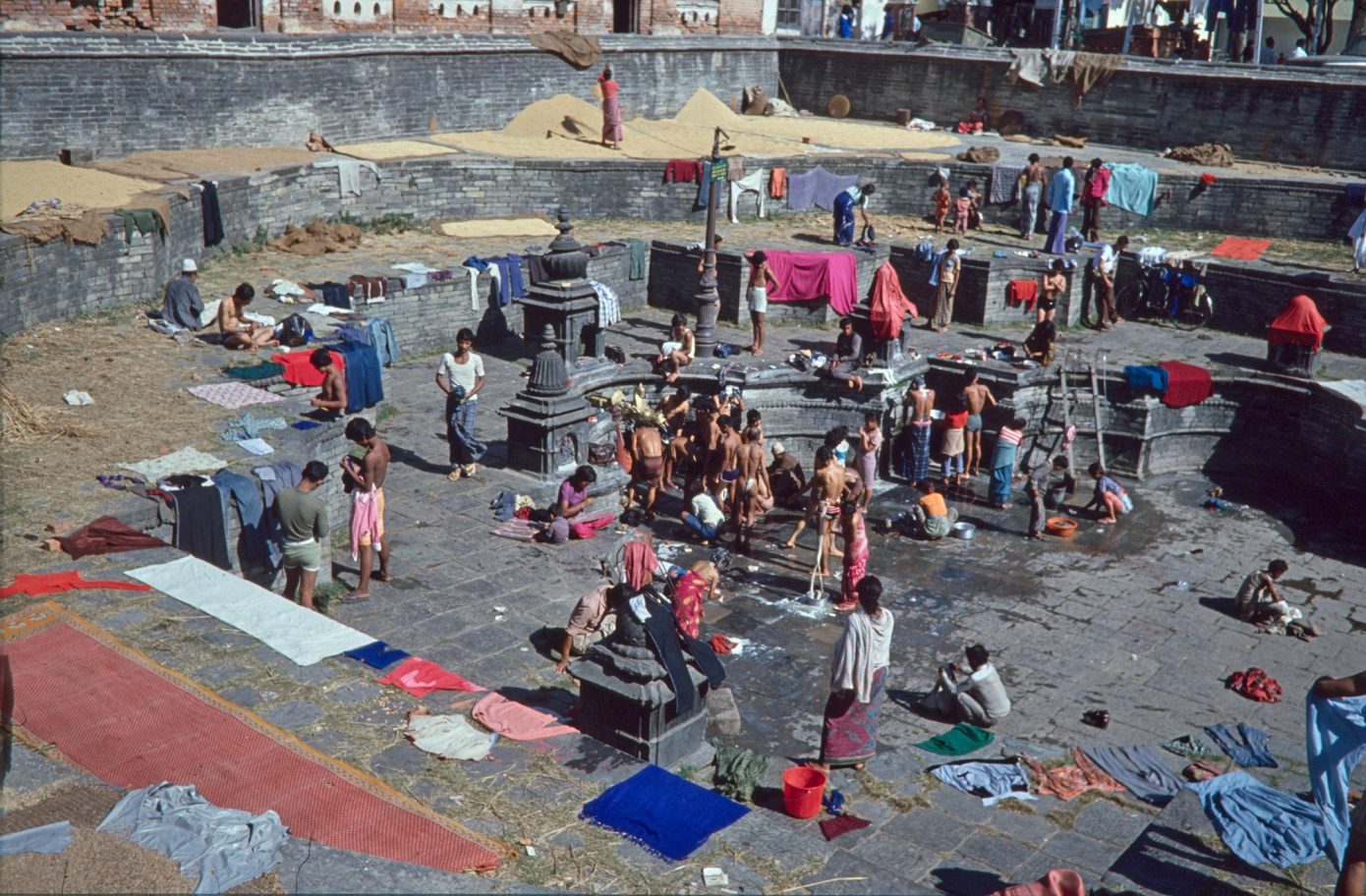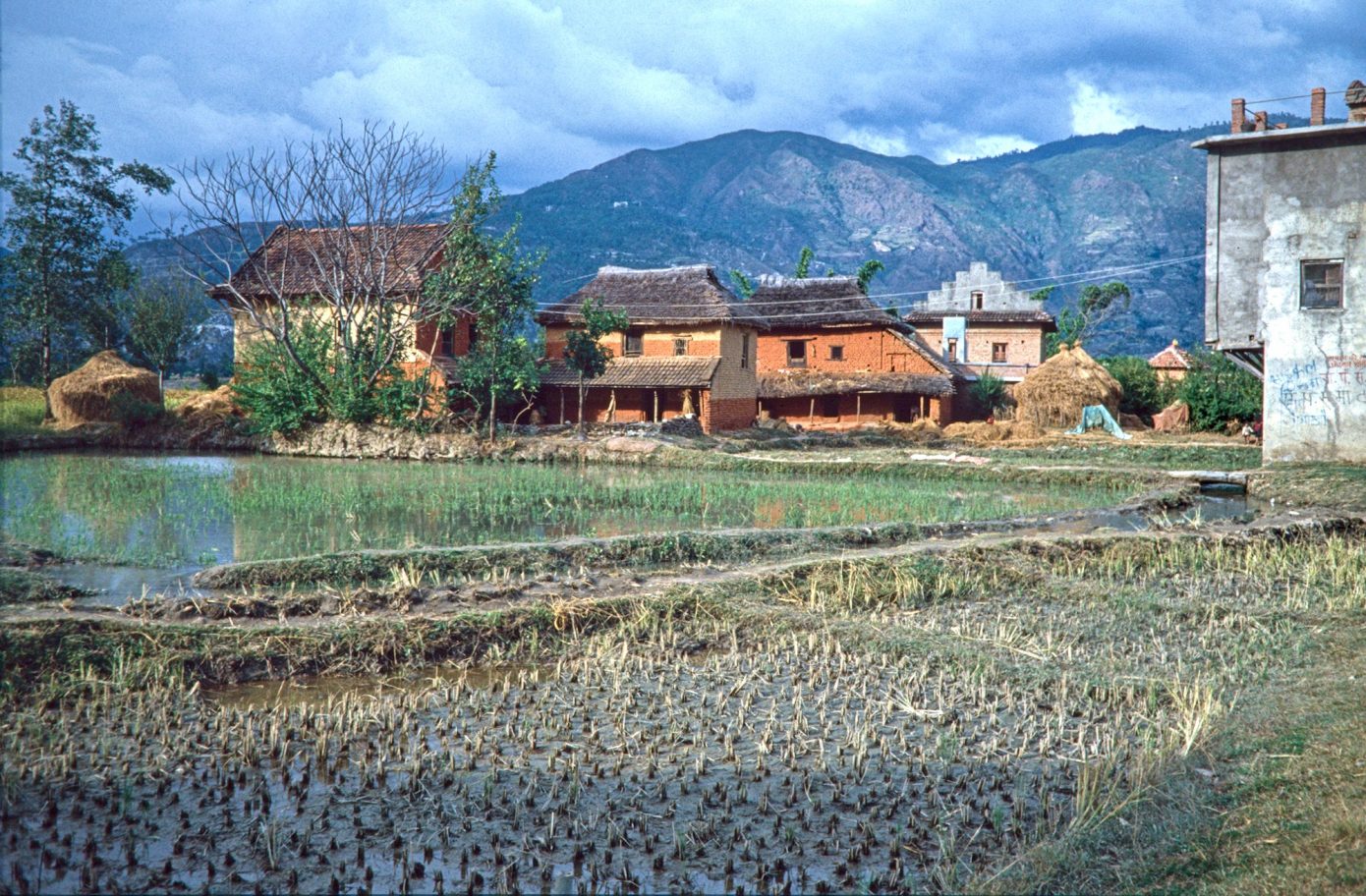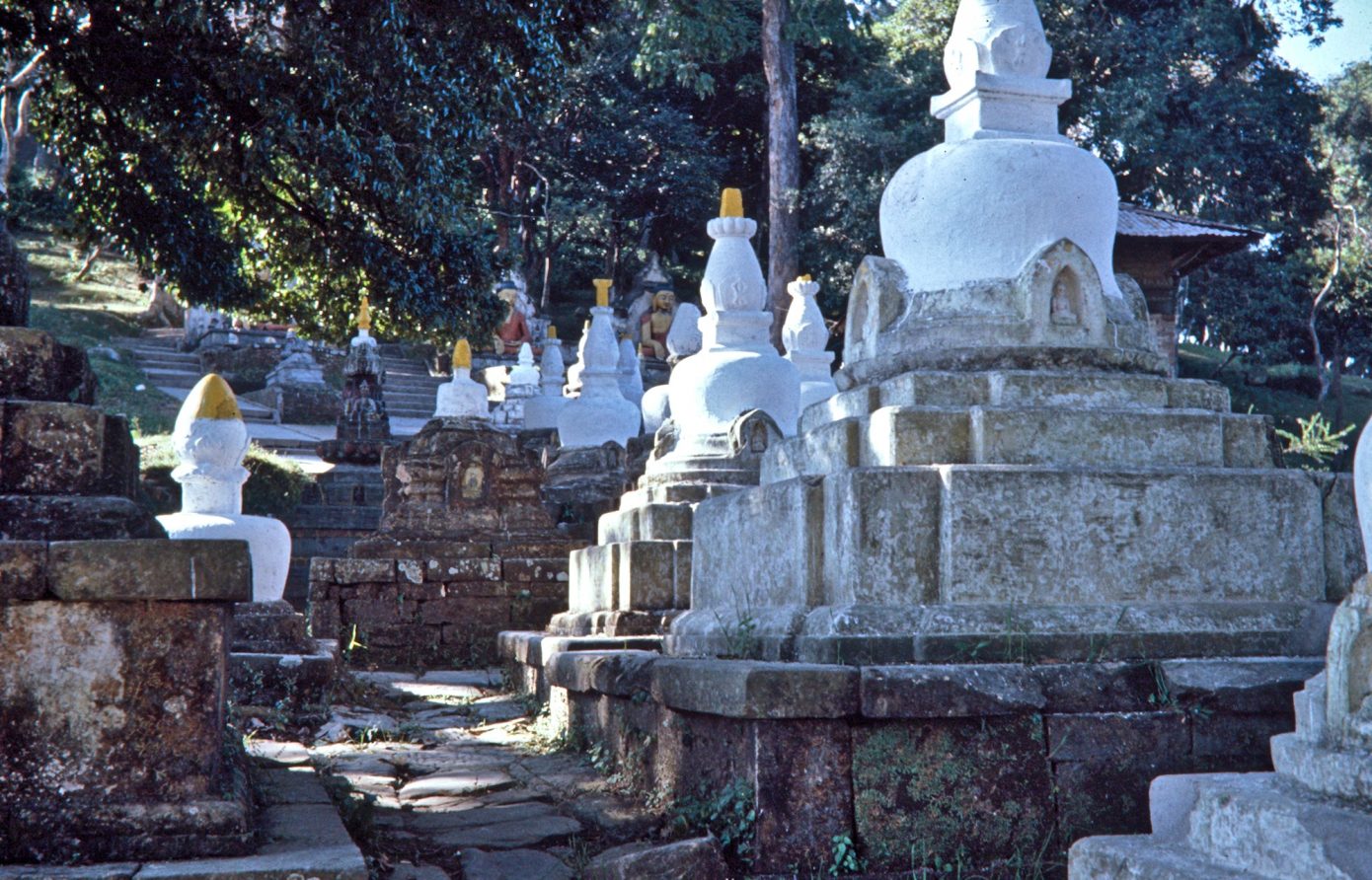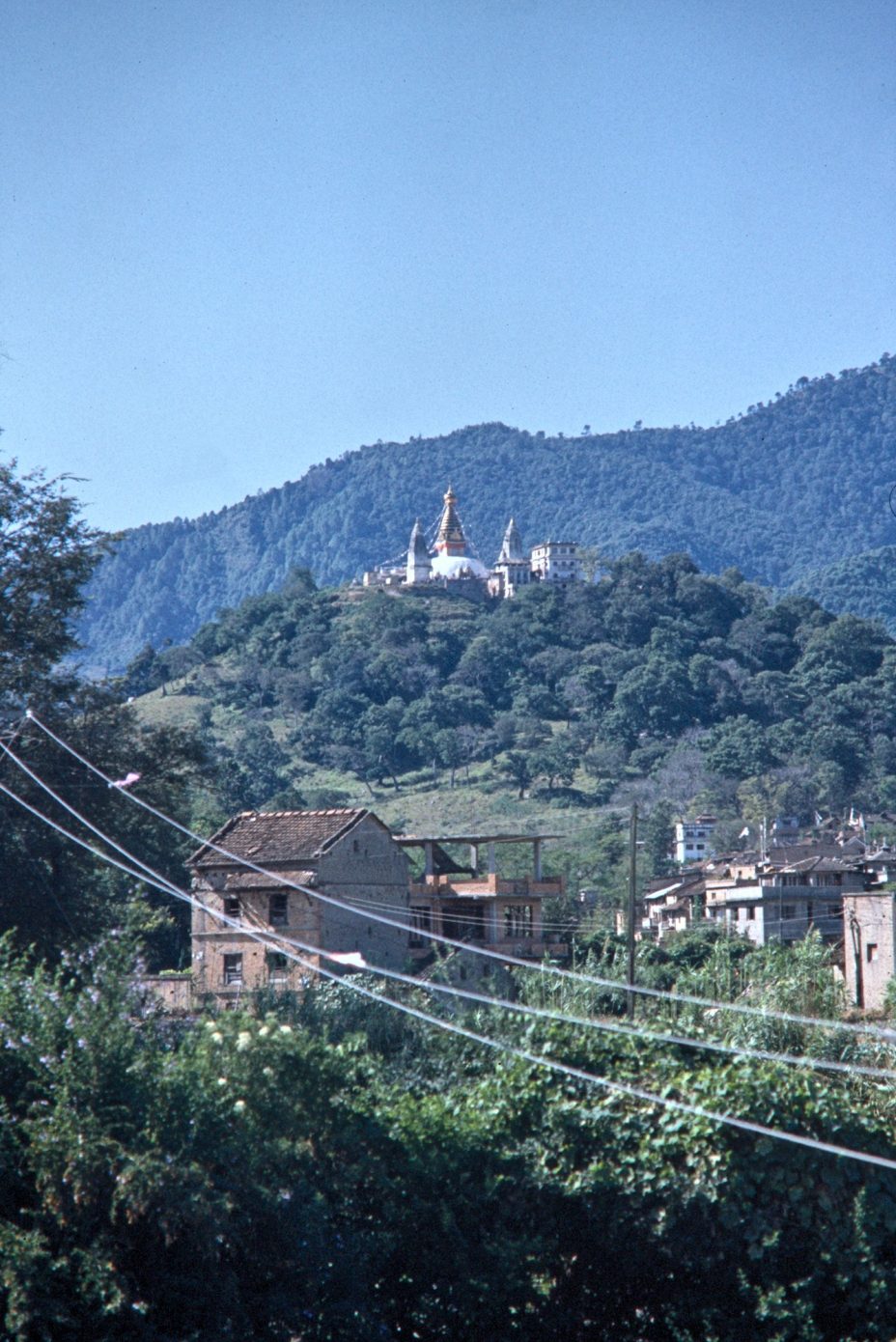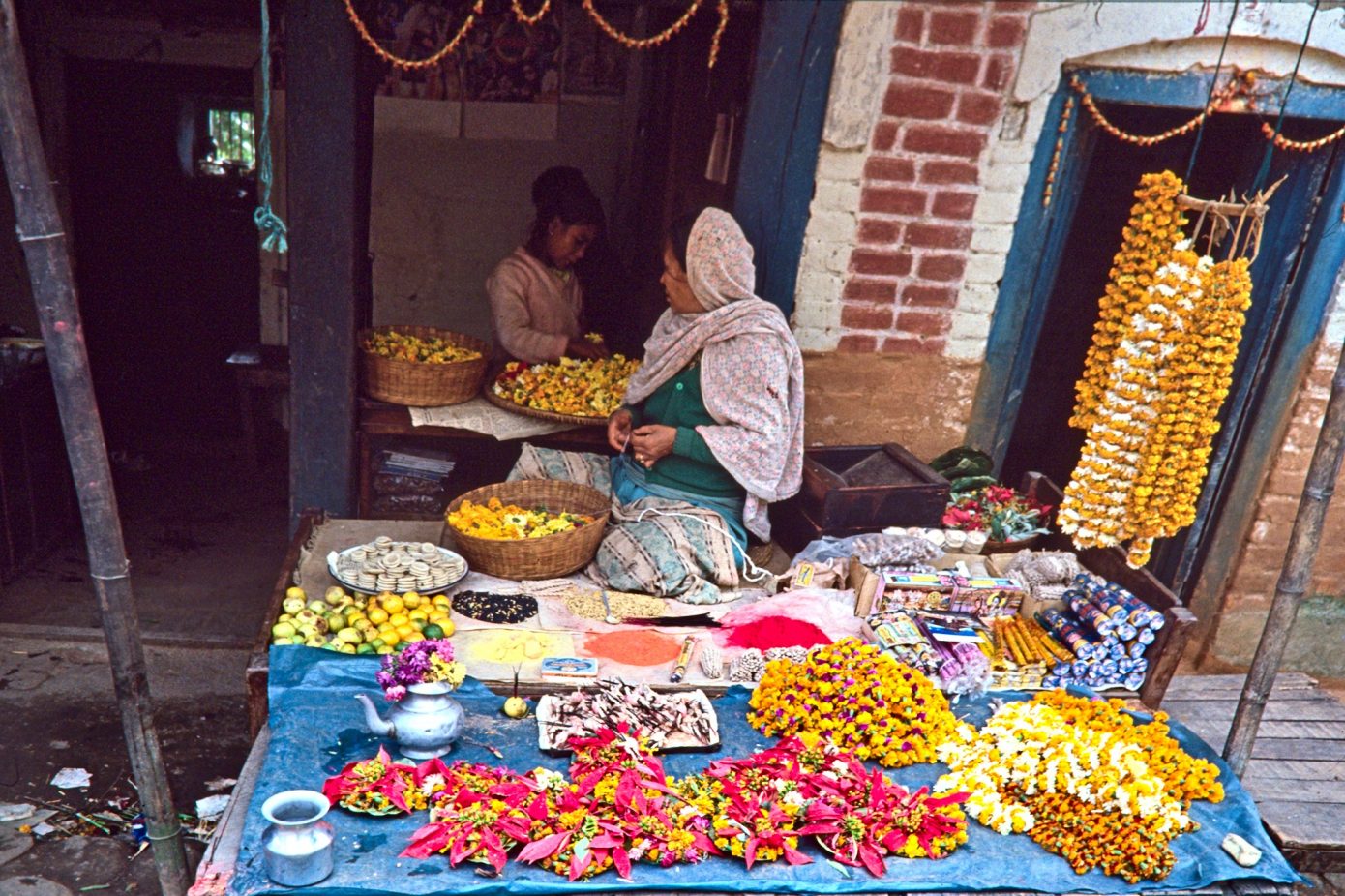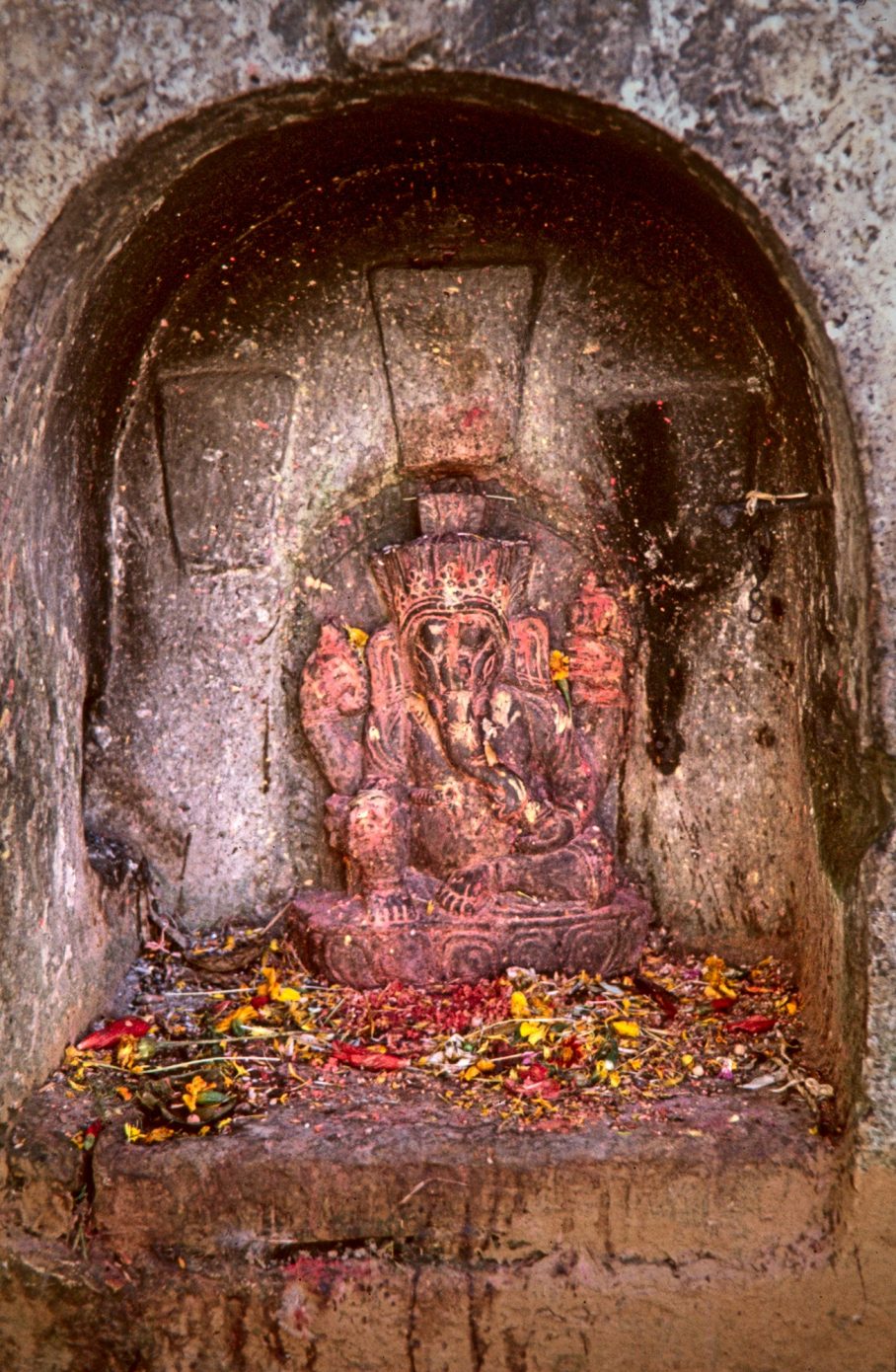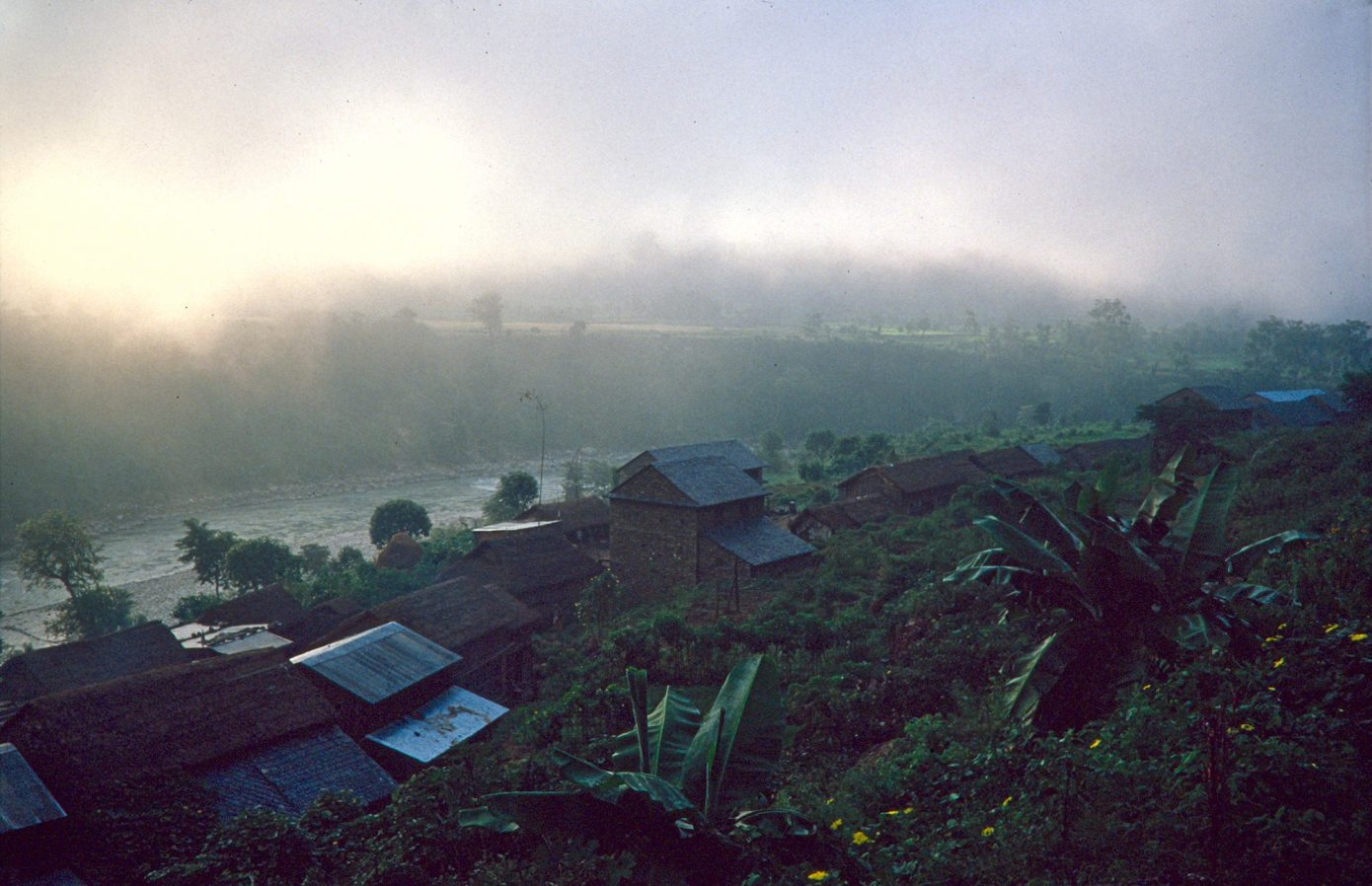
Along the Marsyangdi Khola
On the way to Dumre
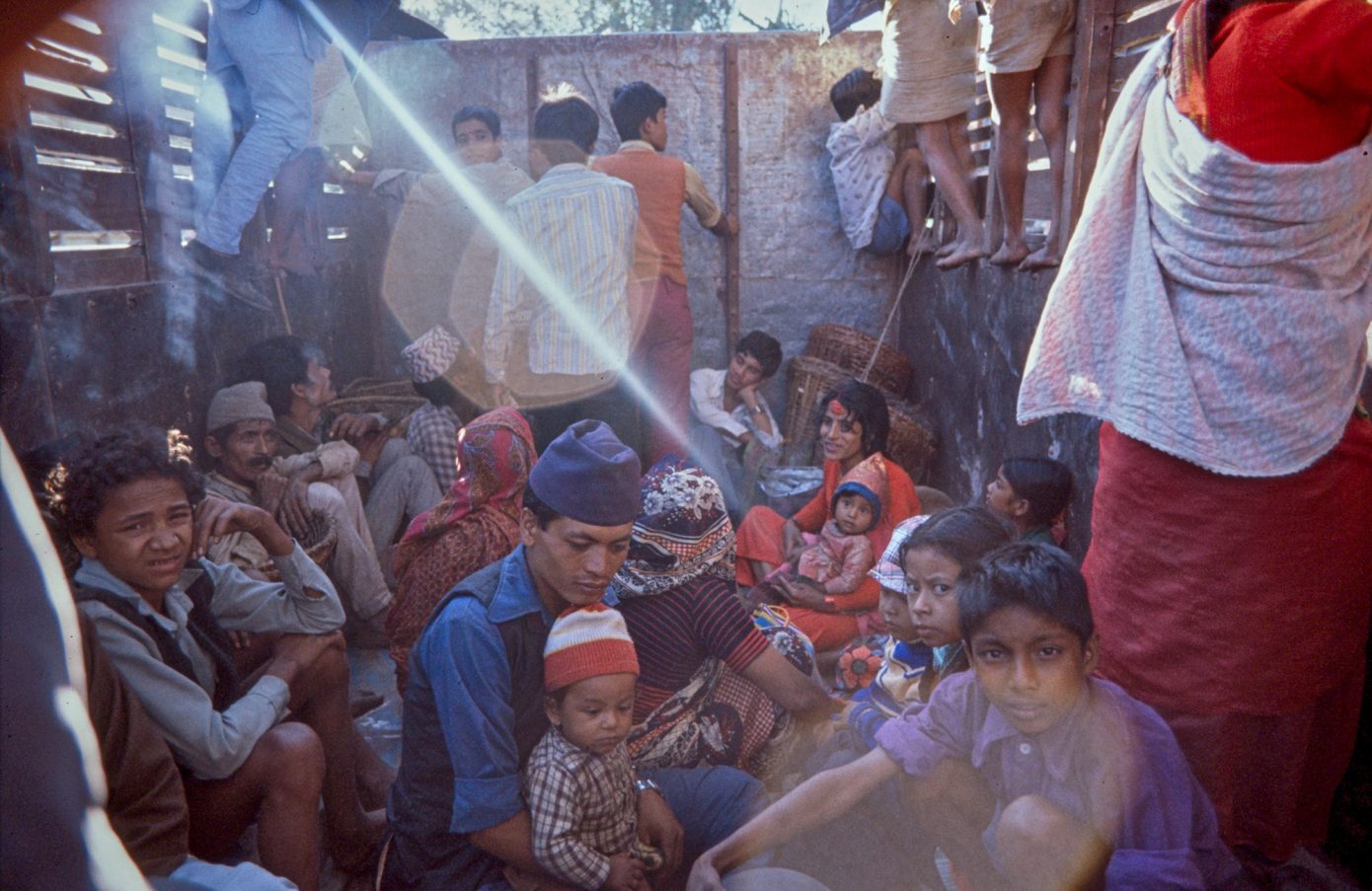
To start our walk around the Annapurna, we first had to find transportation to Dumre. Back in 1981, Nepal hat basically one main road along the Himalayas, and all regions north of the road were reachable only by walking. As bus connections were flaky, we did part of the road trip in the back of…
The Stupa of Patan
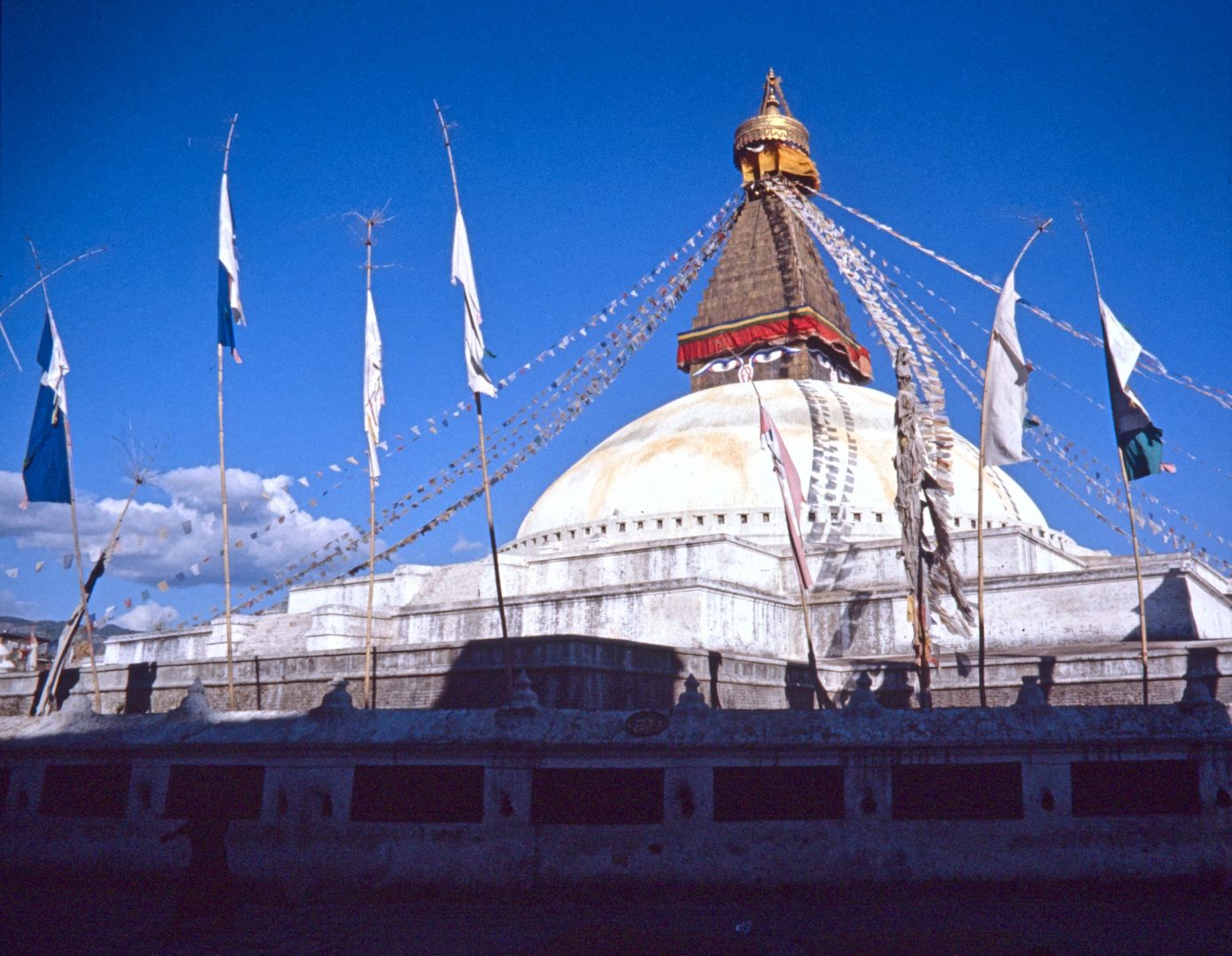
The Burning Ghats of Pashupatinath
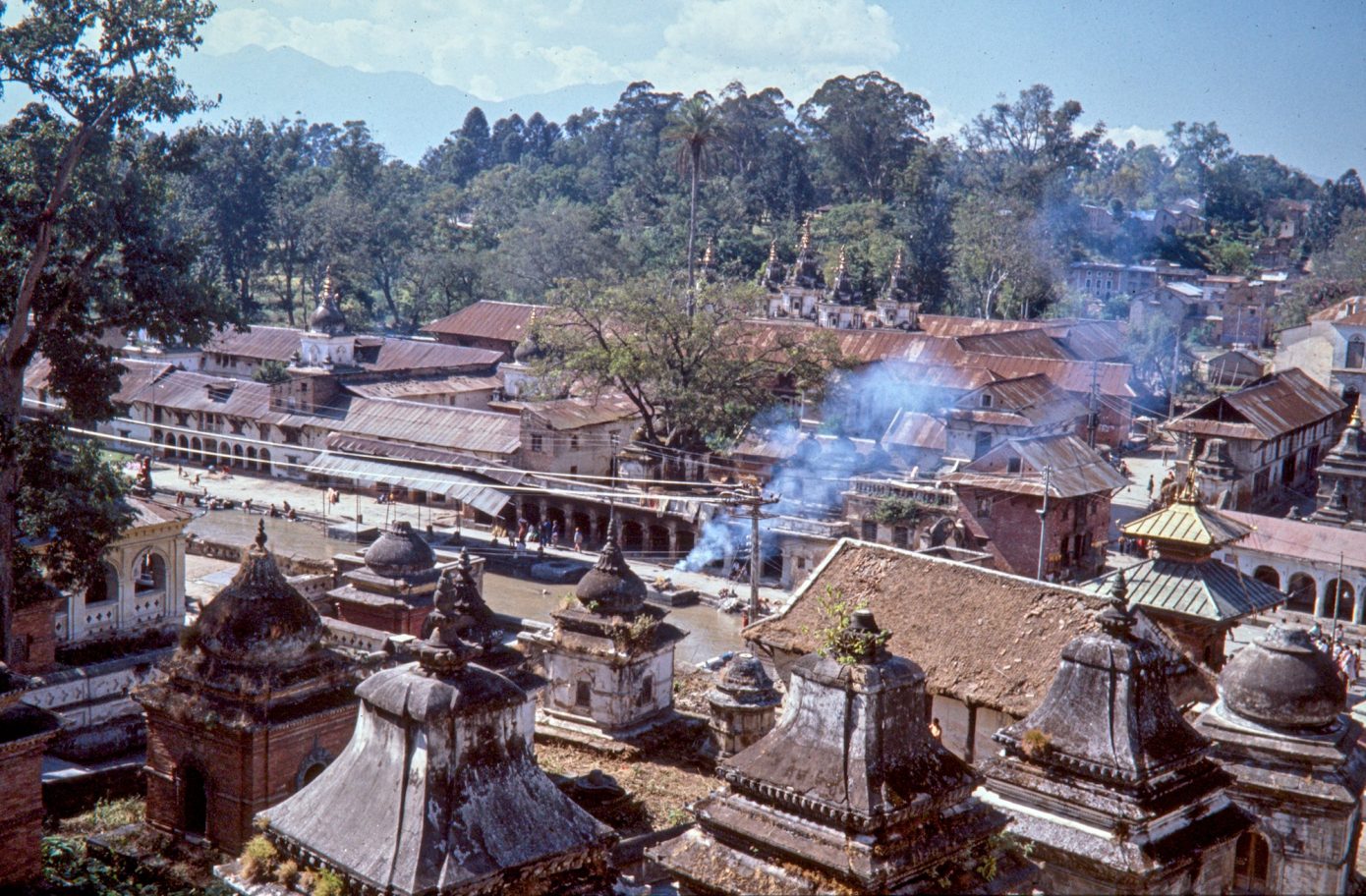
In the Market
Wood Carving
Double Portrait
Drying Rice at the River
Bhaktapur Evening
Bhaktapur Main Square
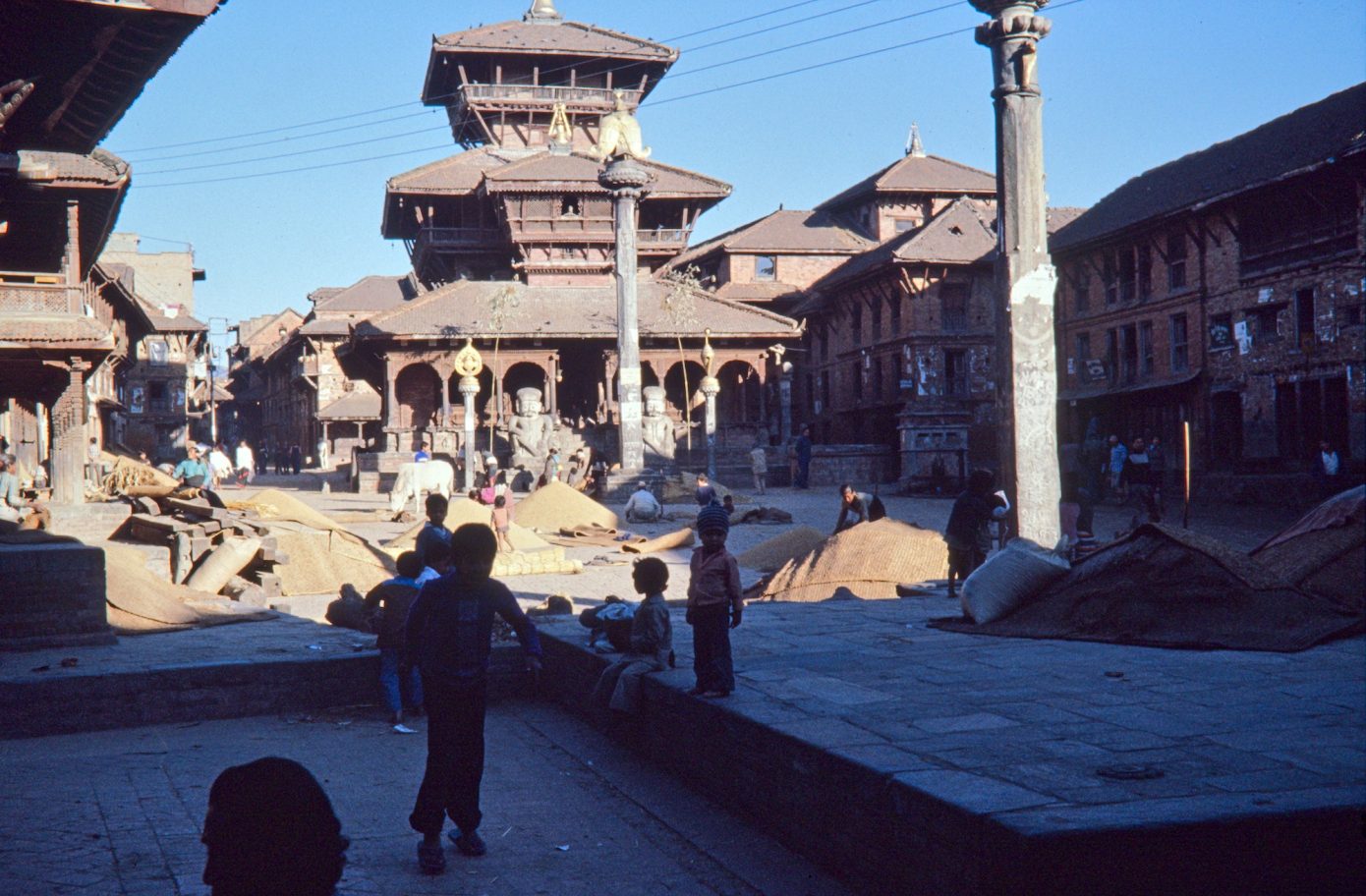
Multi-Purpose-Well
Resting Shopkeeper
Reclining Vishnu of Bodanilkantha
On the Way to Bodanilkantha
The Stupa of Swayambunath
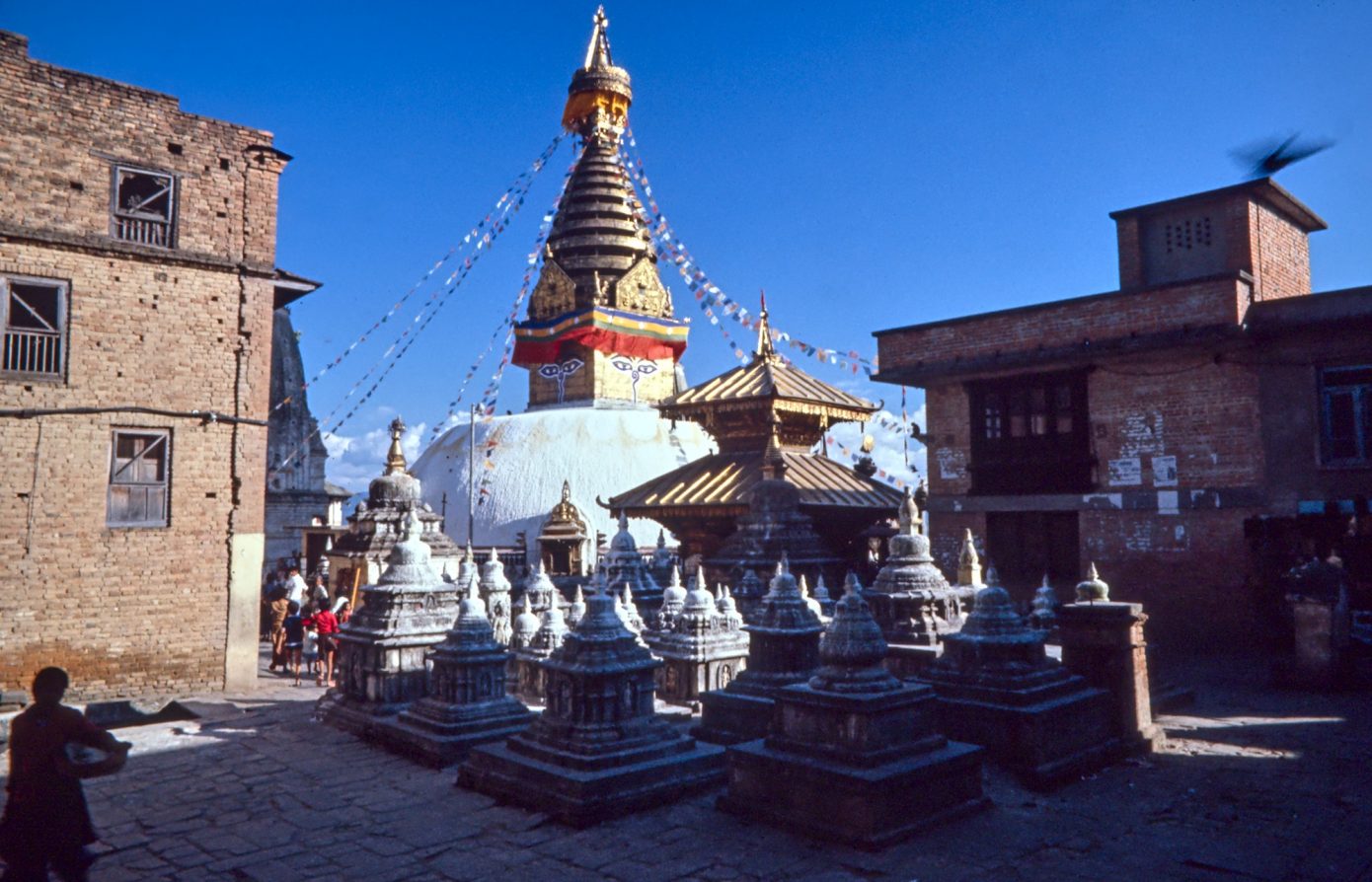
Last Steps to the Stupa
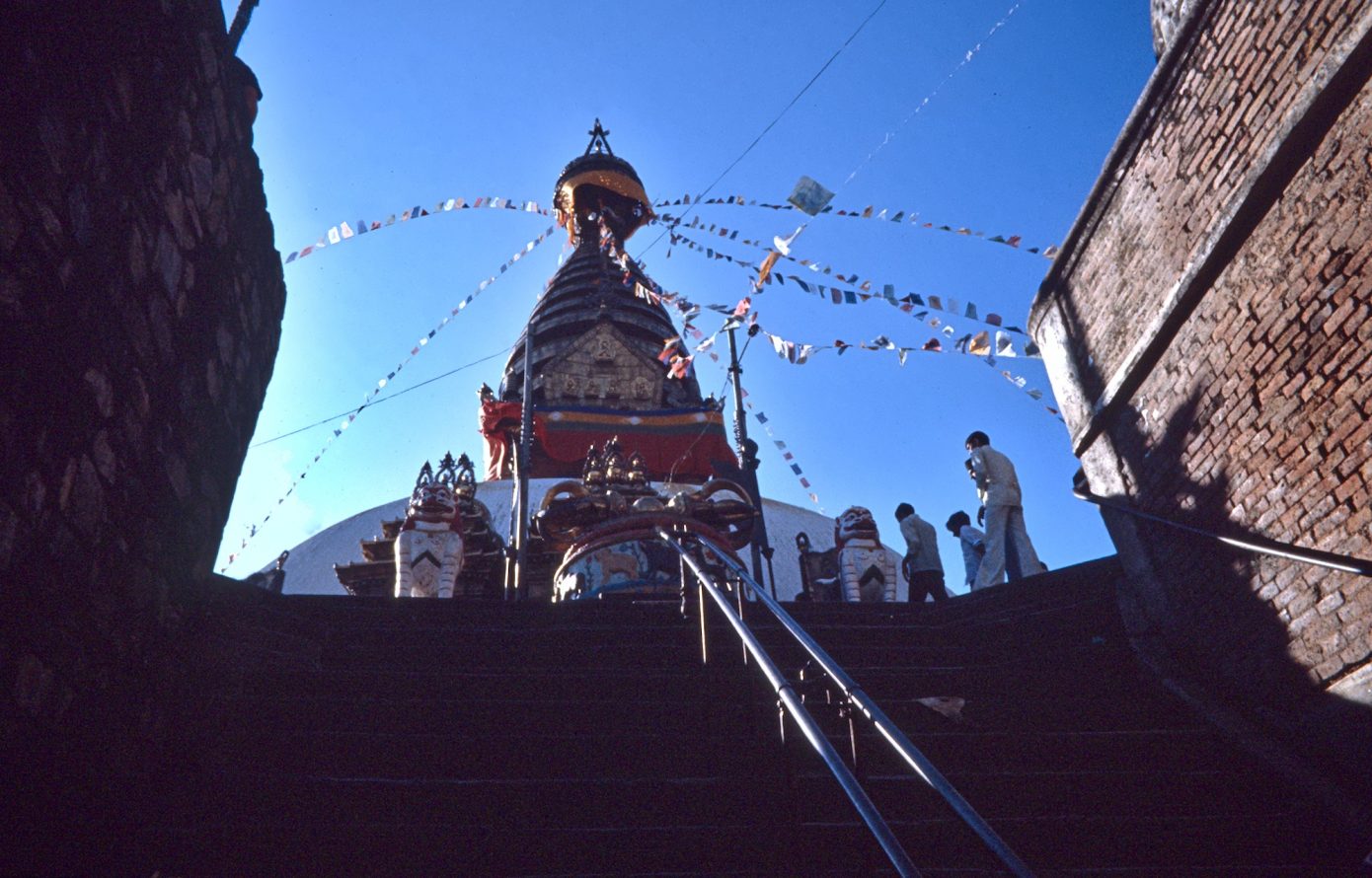
Chorten in the Temple Area
At the Foot of Swayambunath Hill
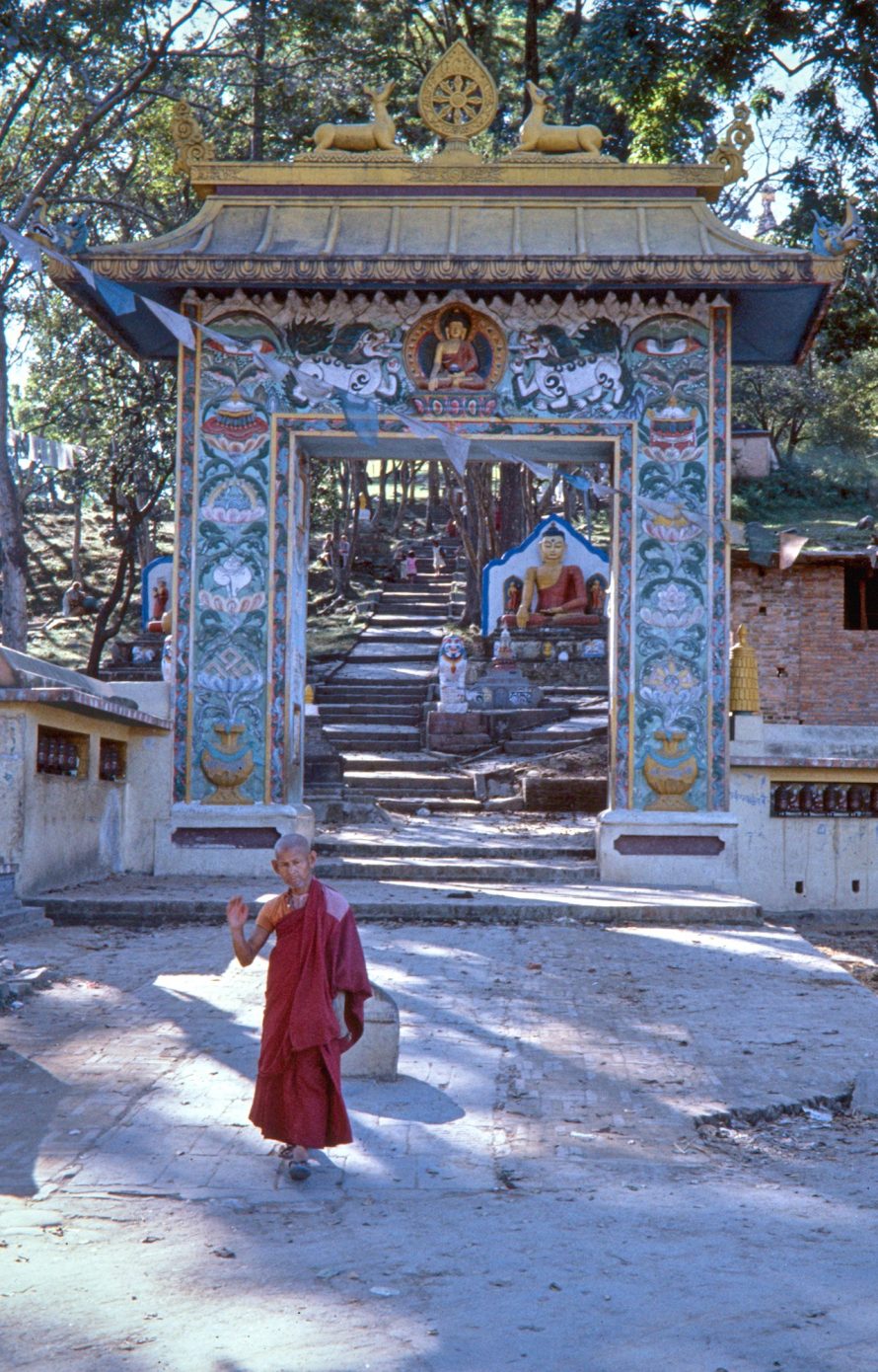
Swayambunath Vista
Oblation Material on Sale
Ganesha Shrine
1981 Kathmandu Street Scene

Shiva and Parvati
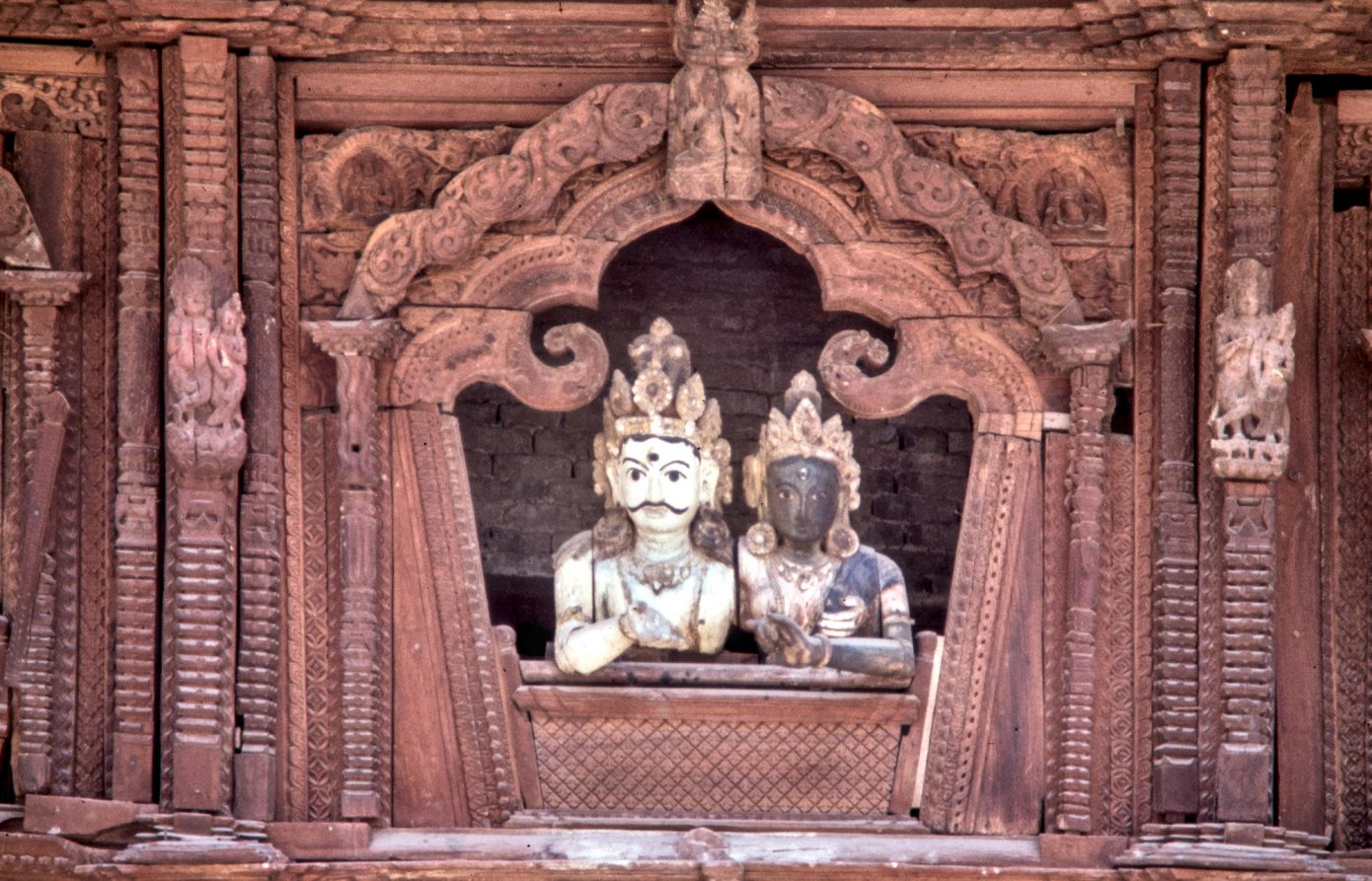
Near Durbar Square
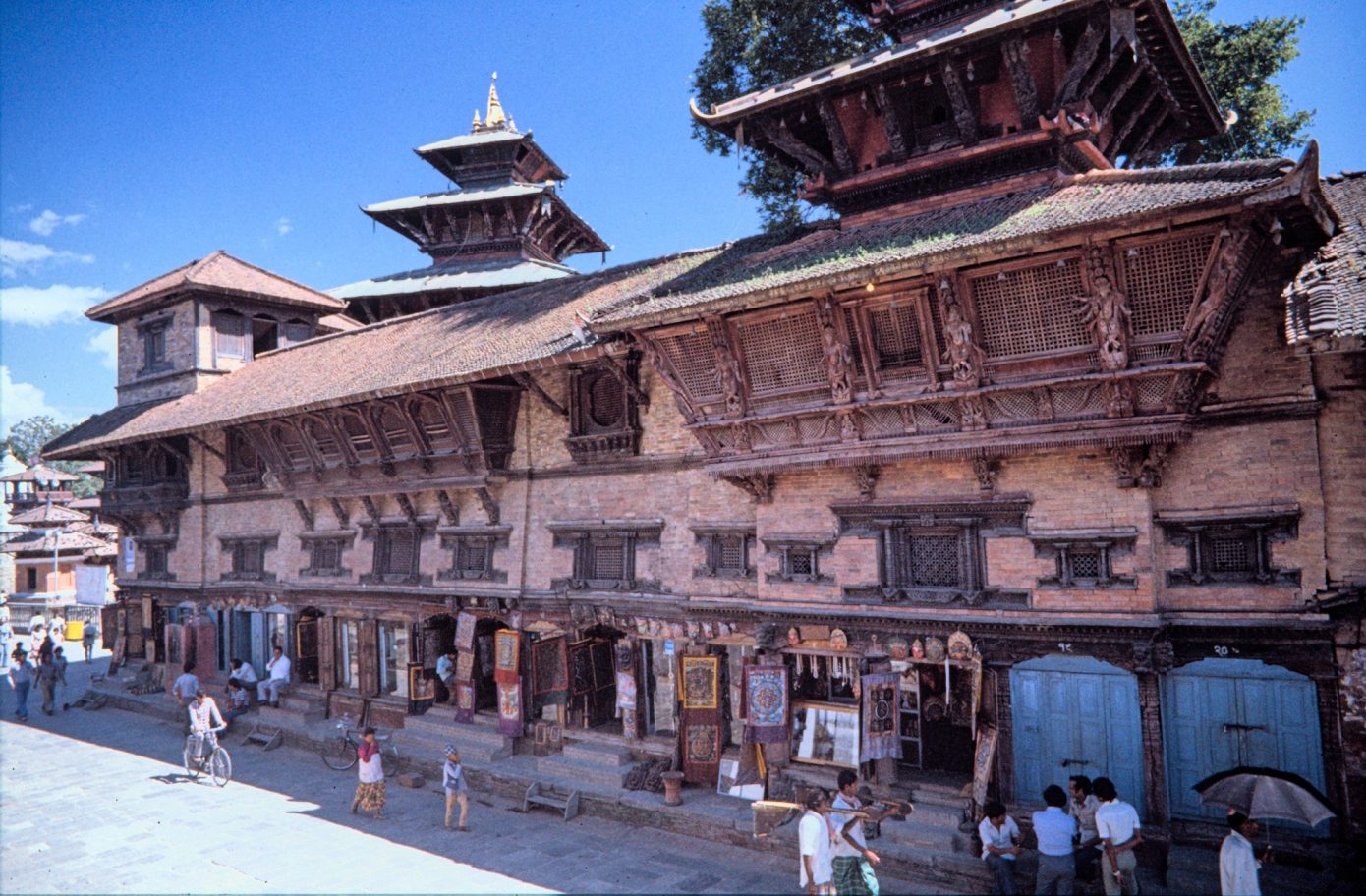
Most certainly, Durbar Sqare now looks completely different now: Not only city development, but especially the devastating earthquake of 2015 has changed the face of the city to an enormous amount. I will spend some time looking at photographs from other sources.

